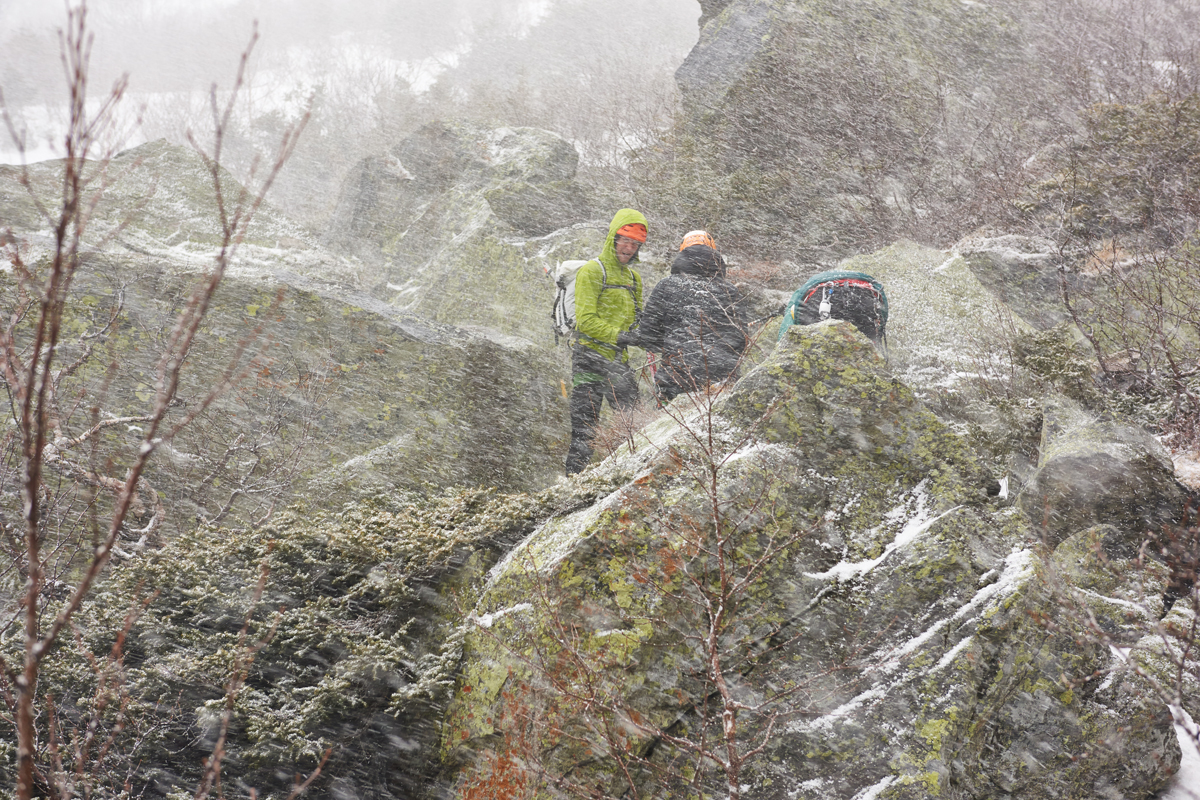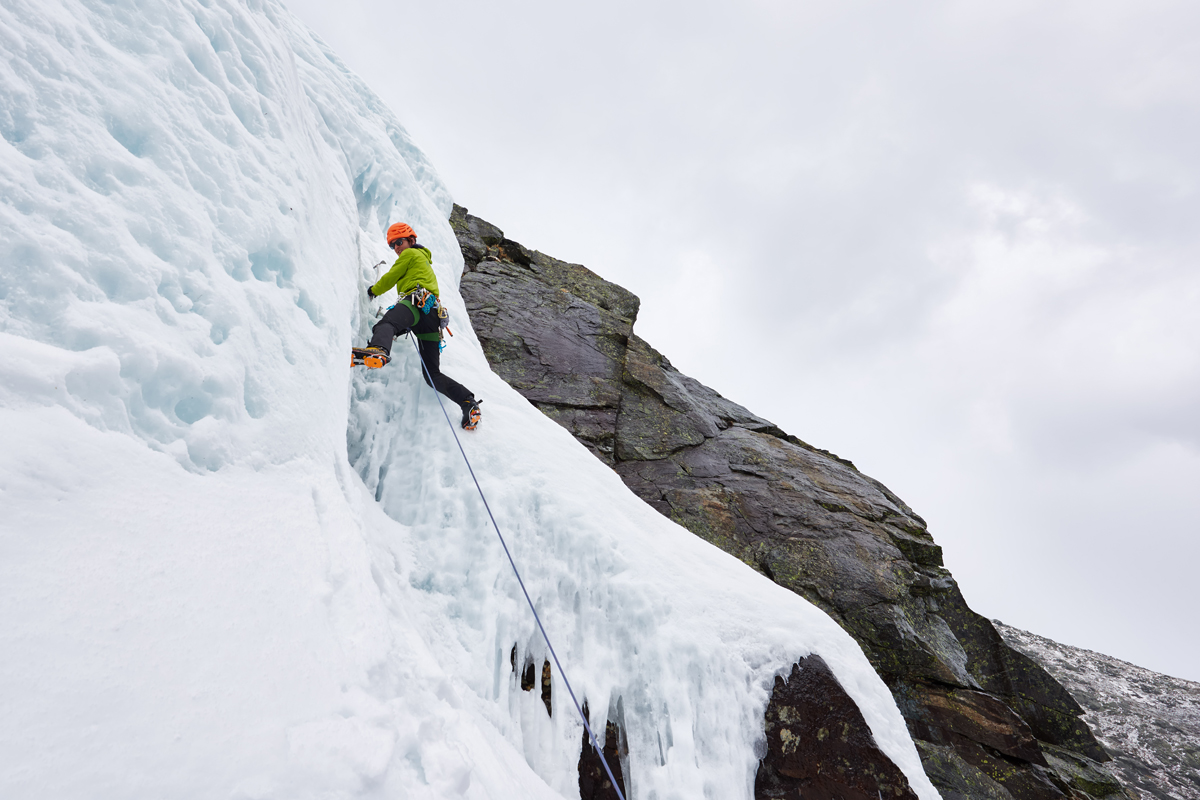Climbing the Notorious Mount Washington with Adventure Spirit Guides
A hail-heavy climb up the 6,288 feet tall New Hampshire peak
Some seven hours from NYC, Mount Washington (whose Native American name is “Agiocochook”) awaits. The Northeastern United States’ highest peak is an imposing 6,288 feet and it’s notorious for its fickle weather. While we began our climb on a sunny, warm March day, we certainly were at the mercy of the infamous climate—from hail storms to strong winds—and were grateful to be guided by Adventure Spirit Guides (ASG), an outfit based in Vermont. Their staff has as many certifications and degrees as they have hardware. Well before the ascent, our guide Chris Wilke advised us on what to bring, how to pack and talked about expectations. “You don’t just hire a guide to get you to the top and back down. You hire a guide to understand the process and learn the skills—in hopes to get out there and do it yourself one day,” he tells us. “The most common mistake people make when they don’t hire a guide is underestimating the mountain from several perspectives: size, technical difficulty, weather, level of fitness, required gear, and most importantly, the decisions you need to make in order to succeed in such a harsh environment. The weather on Mount Washington is not to be taken lightly,” says Wilke.

When we started climbing, it seemed like a glorious day: while there was snow on the base of the mountain, it wasn’t enough to merit the mirco-spikes we’d packed. After reaching camp, we ventured out to scout some ice. Past the tree line, the weather turned—fast. Fog set in within minutes and suddenly there was almost no visibility while practicing our “bomb sticks” (a term used for efficiently placing our ice tools in the snow). Shortly after dinner, it began to pour. During the night, the rain turned to ice and snow, making for an exquisite vista in the morning.
Hermit Lake, where we camped, lays in the shadows of Tuckerman Ravine, known as the backcountry skiing mecca of the East Coast. It regularly has snow until June and on a powder day, hundreds of people will climb up all the various lines, “earning their turns” for the most famous spring skiing of the East. The next morning, we set out for another climb in the midst of a bluebird day. After we passed the tree line and entered into Huntington Ravine, however, the clouds rolled in along with the hail. Massive balls of wet ice clattered around, though blue skies and sunshine were still visible in the distance.

Shortly after the hail started, it faded to snow, demonstrating the magical nature of Mount Washington—and its powerful unpredictability. “Some even say the winter weather on Mount Washington rivals that of Mount Everest and the Polar regions,” Wilke tells us. “Although you will not find any weather observatory stations on top of any Himalayan peaks, once you look at the stats from a mountain standing only 6,288 feet tall you will be quite impressed. There have been ground speed winds clocked in at a world record breaking 231 mph in 1934 [a record that held for 62 years] and an ambient air temperature record of -43.6 degrees Fahrenheit.”

After scaling some pitches atop the mountain, we began our descent. It started with rare, furious thunder snow coupled with some shattered cracks of lightening. Thunder snow is particularly unique, but beyond the tree line, it was also frightening. We managed to get our crampons off in time and get below to safety. By the time we got down the mountain, the snow was already gone from the day before and the sun was bright. Though just two days of adventure, it felt like we were on Mount Washington for two weeks, experiencing a taste of all four seasons.
Images courtesy of Doug Rosenberg






















